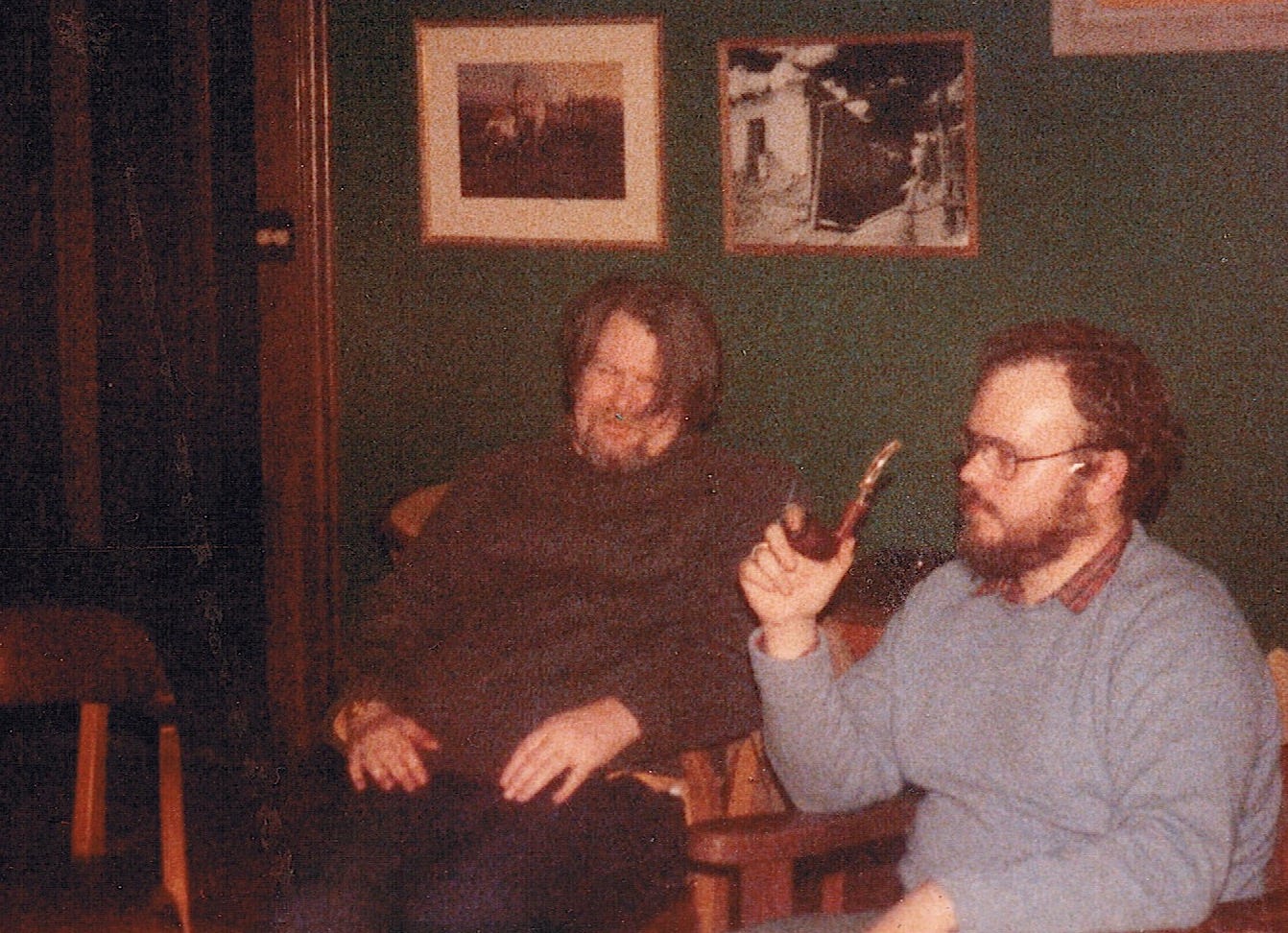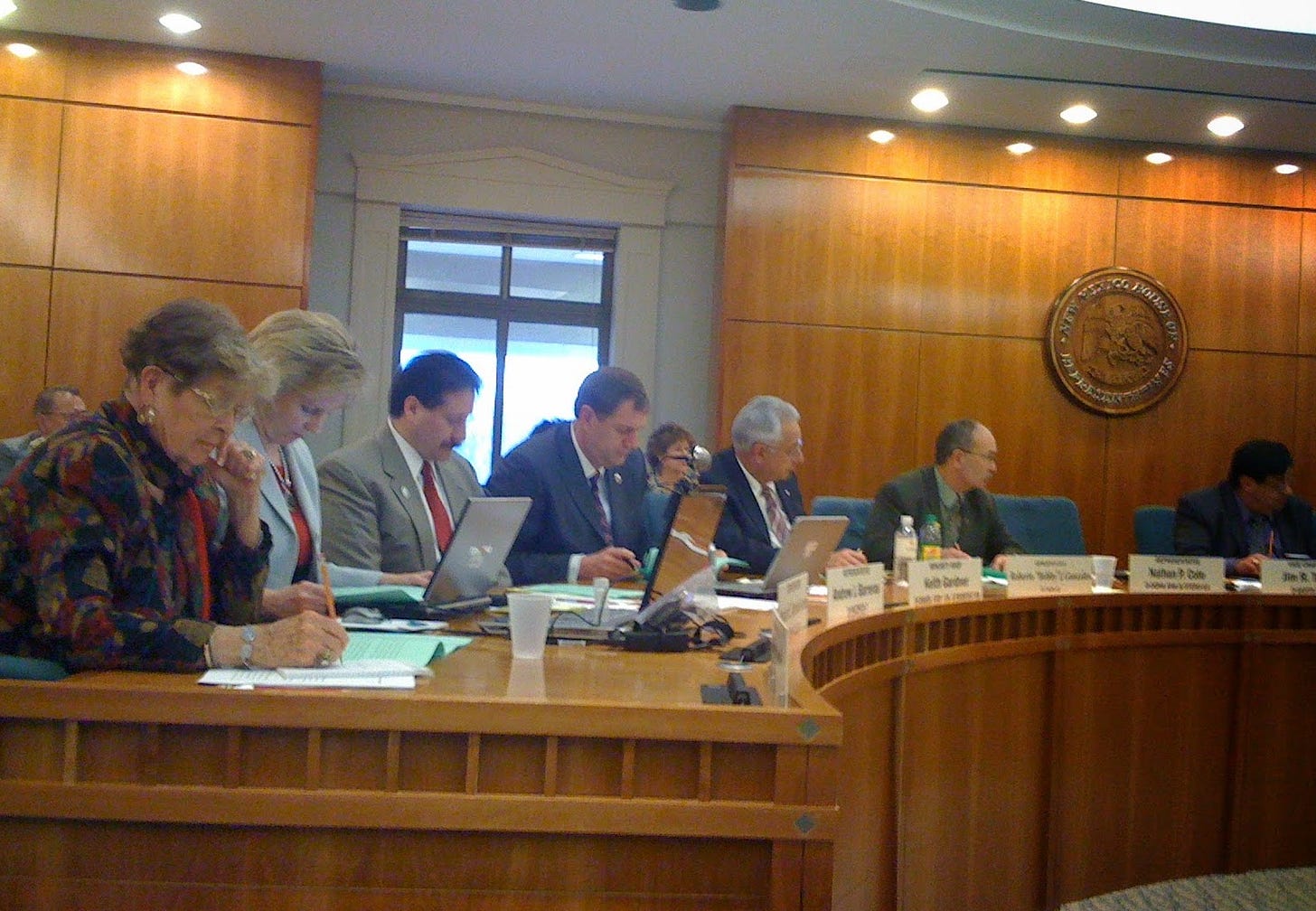
Work. I used to do that.
Maybe I should start this off with a quote from a Tom Waits song:
“I’ve been a cabbie and a stock clerk and a soda-fountain jock-jerk and a manic mechanic on cars …”
Or, better yet, Sinatra:
“I’ve been a puppet, a pauper, a pirate, a poet, a pawn and a king …”
(Here’s the whole song by Frank:)
In reality, I’ve been a journalist, a substitute teacher, a tobacco store manager, a musician, a bowling alley clerk (which a few times involved being a de facto bouncer at the Tap Room, which was part of Coronado Bowling Center), a telephone solicitor, a security guard at the University of New Mexico’s Student Union Building, a trailer park superintendent and a burger flipper at Blake’s Lotaburger.
If I’d ever been completely honest on my resumes, I’d have to include stints at not one but two porno theaters in Albuquerque during college in the mid 70s and cleaning up monkey shit at UNM’s Psychology Department’s Animal Research Facility (ARF).
I had lots of jobs and I only got fired once — a short-lived summer gig at American Home Furnishings in 1974 where I unloaded trucks and occasionally drove them. I’d dropped an expensive bathroom sink and my bosses never forgave me it.
And though I actually quit my job at the Vagabond Trailer Park, I’m pretty sure I would have been fired had I stayed much longer. (Say five minutes …)
Before I started working as a reporter for The Santa Fe New Mexican in the summer of 1987, the longest job I’d ever kept before was my previous one, reporting at the Albuquerque Journal North. I was at the North for three years. I beat that record at The New Mexican by more than 29 years.
All in all I, was a journalist for nearly 40 years, having worked for The Santa Fe Reporter for a few years before I went to the North. It was a career that I basically stumbled into.
I didn’t take a single journalism class in college, though I did get published a couple of times in the Daily Lobo. The first was a piece of fiction, a short story called “Invisible Peggy and the Payless Motel,” a twisted and lurid little tale about encountering one of my invisible friends from my early childhood.
The other time was a piece of political ghostwriting for Joey, this classmate of mine who was running for student body president. I wrote — for no pay — Joey’s “why I’m the best candidate” article that the Lobo offered all the candidates.
Joey’s big claim to fame was that he was the only person who got busted by campus police at a marijuana smoke-in in front of the Student Union Building earlier in the year.
Despite my writing skills and the righteousness of his cause, Joey lost badly.
So I had no overwhelming desire to join the journalism racket. But one day, in late 1979, I was substitute teaching at Santa Fe High School when I read Time magazine’s Top 10 rock albums of the ’70s. I don’t even remember what they were, but I was not impressed. “Hell,” I thought, “I could make a far better list than this …”
And so, I did.
While the students quietly worked quietly on their assignments, I began writing my own Top 10 albums of the ’70s, a list that included The Beach Boys’ Holland; Radio Ethiopia by Patti Smith; Gram Parsons’ The Return of the Grievous Angel; Blackheart Man by Bunny Wailer; Steeleye Span’s Commoners Crown; Phases and Stages by Willie Nelson; Bongo Fury by Frank Zappa, The Mothers and Captain Beefheart; Doug Kershaw’s Alive and Pickin’; Loudon Wainwright III’s Unrequited; folksinger Jack Hardy’s The Nameless One (surely the most obscure album on the list); and Small Change by Tom Waits — which has the song “I Can’t Wait to Get Off Work,” which I quoted above (and embedded below:)
At the time I wrote this, I’d just gotten a weekly and reasonably well-paying music gig at The Forge, which was a bar at the Inn of the Governors in downtown Santa Fe. Arrogantly, I thought since I was the most interesting musician in town everyone would be interested in what I had to say about music.
So I asked the students if anyone was done with their work would like to do me a favor and get out of class for a few minutes.
A girl volunteered to take my scribbles to the typing teacher, Orlando, who is a friend of mine, and type it out. I hope this didn’t violate child-labor laws. And the next day I took my article down to the Santa Fe Reporter. It took a few weeks but they published the damned thing.
And then I got a call from the arts editor, Anna Dooling, who said she really liked my list and asked whether I would I be interested in doing some more writing about music. Next thing I knew I was interviewing Dave Van Ronk, one of my favorite folk singers. [Note from 2024: Keep following my Substack and you’ll learn more about interview with Van Ronk a few weeks from now.]
I wasn’t even thinking about money (after all, I was substitute teaching and playing music at the Forge) and I was amazed when I learned I was getting paid for this — $15 per article.
In that first year or so, I interviewed Taj Mahal, and then Roger Miller, B.B. King, Maria Muldaur and almost every musician I liked who played anywhere near Santa Fe. Quickly I began to branch out, writing features about food, art, and eventually hard news.
Publisher Dick McCord asked me to take over the Reporter’s weekly feature column, “Santa Fe Notebook.” I interviewed a trio of local winos, an old man who for years had been panning for gold around the town of Cerrillos, a convicted murderer who tried to legally change his name to “Grizzly Adams,” an old lady who took it upon herself to feed the prairie dogs in various vacant lots around town. (This woman told me that she had once been married, briefly, to my Uncle Haven!) I wrote about walking the Acequia Madre and Santa Fe’s railroad tracks. “Santa Fe Notebook” is where I really honed my writing skills.
(And ever so often, an interview would later be re-worked into a song, like this one:)
Then, after a year or so of my pleading, Dick hired me full time. I still did “Notebook” and an occasional music feature, but I was responsible for the entire news section for the paper.
I only worked there full-time for about a year and a half. In the summer of 1984 I was hired to cover City Hall for the Journal North. By this time I’d lost my gig at the Forge and it was obvious that I would not be earning a living by playing music. But I loved what I was doing.
And when the New Mexican offered to pay me $100 a week more than what the Journal was paying, I jumped at the chance.
So my advice about work, corny as it sounds, is to find something you love doing.
One old trick is to make yourself indispensable at work, so your bosses will cut you slack when you need it.
Take your work seriously, but not too seriously. Make sure you don’t ignore your family or your interests outside of work. For instance when my son Anton was in Little League I never missed a single one of his games. (Still not sure how I managed to sneak out during the afternoon without being caught by editors.)
Not every day will be as fun as interviewing your musical heroes. But never forget the thrill of the good days.






Your story sounds so much like mine—not the details (yours are much more interesting) but the overall arc of it, the idea of stumbling onto something that is perfect for you. I am so grateful for my career. It couldn’t have suited me better if I had written the job description myself. Thanks for sharing this!